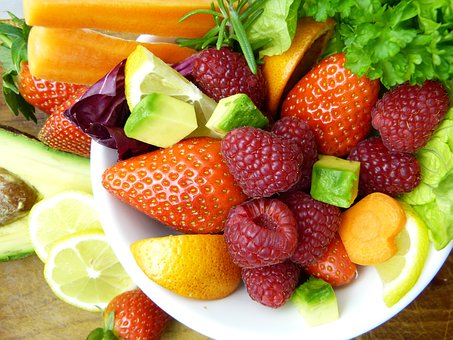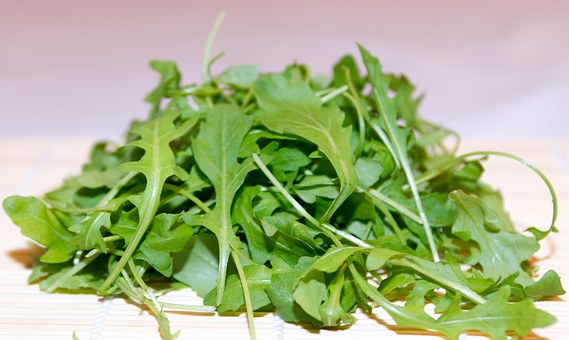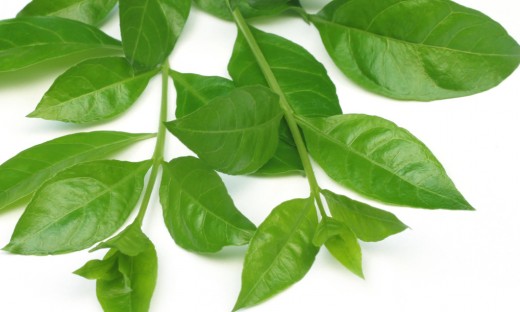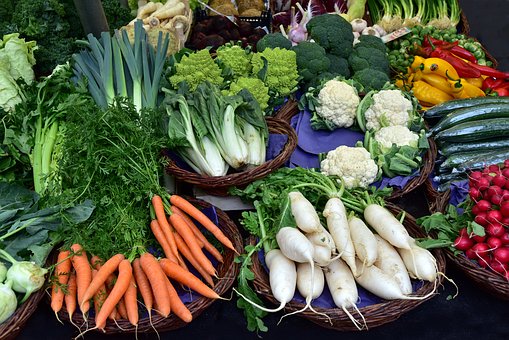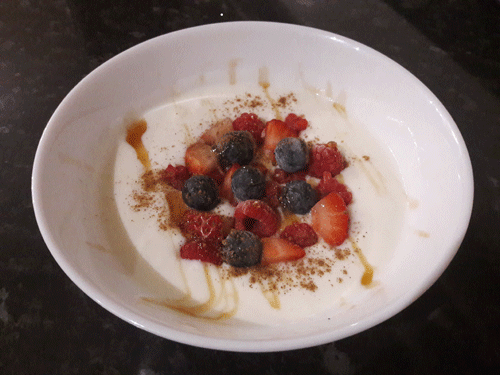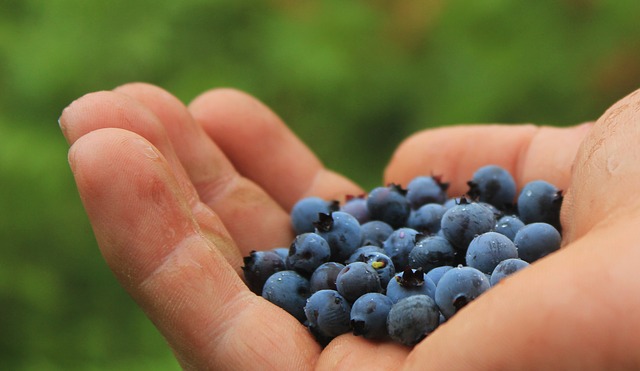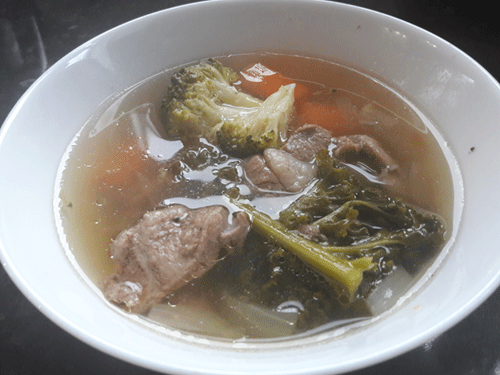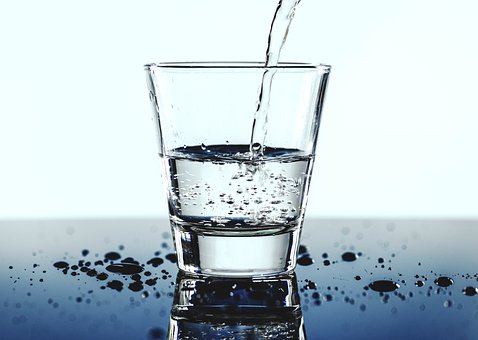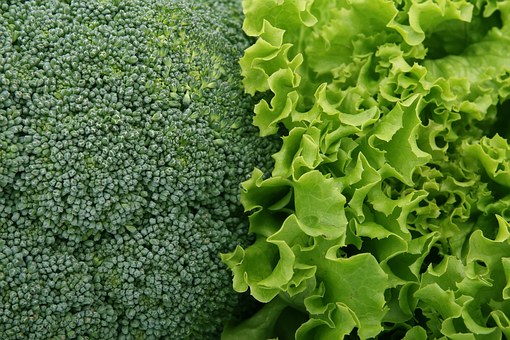Lycium Barbarum Increases Caloric Expenditure and Decreases Waist Circumference in Healthy Overweight Men and Women: Pilot Study
© Authored by PubMed
© HealthyMuslim. See Terms and Conditions
Copy Link
Email
Print

Goji berries (Lycium barbarum, wolfberry) grow on an evergreen shrub found in temperate and subtropical regions in China, Mongolia and in the Himalayas in Tibet. They are in the nightshade (Solonaceae) family. Goji berries are usually found dried. They are shriveled red berries that look like red raisins. Goji berries are rich in antioxidants, particularly carotenoids such as Beta-carotene and zeaxanthin. One of zeaxanthin's key roles is to protect the retina of the eye by absorbing blue light and acting as an antioxidant. Goji berries have been used for 6,000 years by herbalists in China, Tibet and India to: protect the liver, help eyesight, improve sexual function and fertility, strengthen the legs, boost immune function, improve circulation, and to promote longevity.
Amagase H, Nance DM. Lycium barbarum increases caloric expenditure and decreases waist circumference in healthy overweight men and women: pilot study. 1. J Am Coll Nutr. 2011 Oct;30(5):304-9.
Amagase H, Nance DM. Lycium barbarum increases caloric expenditure and decreases waist circumference in healthy overweight men and women: pilot study. 1. J Am Coll Nutr. 2011 Oct;30(5):304-9.
BACKGROUND: Lycium barbarum (L. barbarum), a traditional Asian medicinal therapy for diabetes and other conditions, has been shown to increase metabolic rate and to reduce body-weight gains in rodent models, as well as to produce clinical improvements in general feelings of well-being including energy level. OBJECTIVE: To investigate the impact of L. barbarum consumption on (1) caloric expenditure and (2) changes in morphometric parameters (waist circumference) in healthy human adults. Method: Two separate randomized, double-blind, placebo-controlled, small clinical studies were conducted using a standardized L. barbarum fruit juice, GoChi, and assessing its effects on (1) resting metabolic rate (RMR) and postprandial energy expenditure (PPEE) as measured by indirect calorimetry after single-bolus intake of 3 doses of L. barbarum (30, 60, and 120 ml) and placebo; and (2) waist circumference and other morphometric changes in a 14-day intervention trial (120-ml daily intake) in the subjects (age = 34 years, body mass index = 29 kg/m(2 border=0>. RESULTS: (1) A single bolus of L. barbarum intake increased PPEE 1 through 4 hours postintake over the baseline level in a dose-dependent manner and was significantly higher than the placebo group by 10% at 1 hour postintake of 120 ml (p < 0.05). (2) In a 14-day intervention trial, L. barbarum was found to significantly decrease waist circumference by 5.5 ? 0.8 cm (n = 15) compared with the preintervention measurements and placebo group at postintervention day 15 (p < 0.01). By contrast, the changes in the placebo group (n = 14) from preinterventions was 0.9 ? 0.8 cm, which was not statistically significant. CONCLUSIONS: These results show that L. barbarum consumption increases metabolic rate and reduces the waist circumference, relative to placebo treated control subjects.
Link to this article: Show: HTML Link • Full Link • Short Link
Share or Bookmark this page: You will need to have an account with the selected service in order to post links or bookmark this page.





|
Related Articles:
- Polysaccharides From Wolfberry Prevents Corticosterone-Induced Inhibition of Sexual Behavior and Increases Neurogenesis
- Polysaccharides From Lycium Barbarum Leaves: Isolation, Characterization and Splenocyte Proliferation Activity
- Lycium Barbarum Polysaccharide Inhibits the Proliferation of HeLa Cells by Inducing Apoptosis
- Anti-Inflammatory and Anti-Angiogenic Effects of Flavonoids Isolated From Lycium Barbarum Linnaeus on Human Umbilical Vein Endothelial Cells
You must be registered and logged in to comment.
Most Popular
Latest Articles
Popular Subjects
Health, fitness and longevity
Based upon the principles of health
in the Qur'an and Prophetic Traditions.
HealthyMuslim.Com
There are two bounties in which
most people lose out: good health
and free time. Al-Bukhari.
The information on this site is provided for educational purposes only. It is not intended as a substitute for professional advice of any kind.





